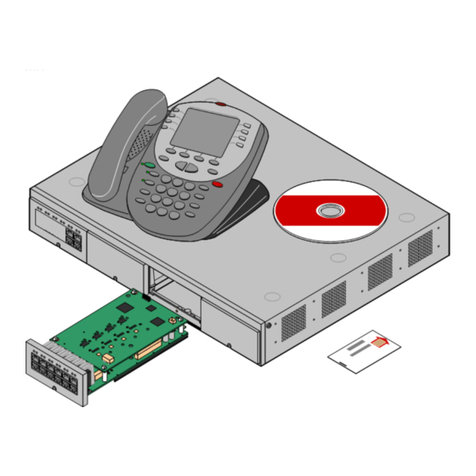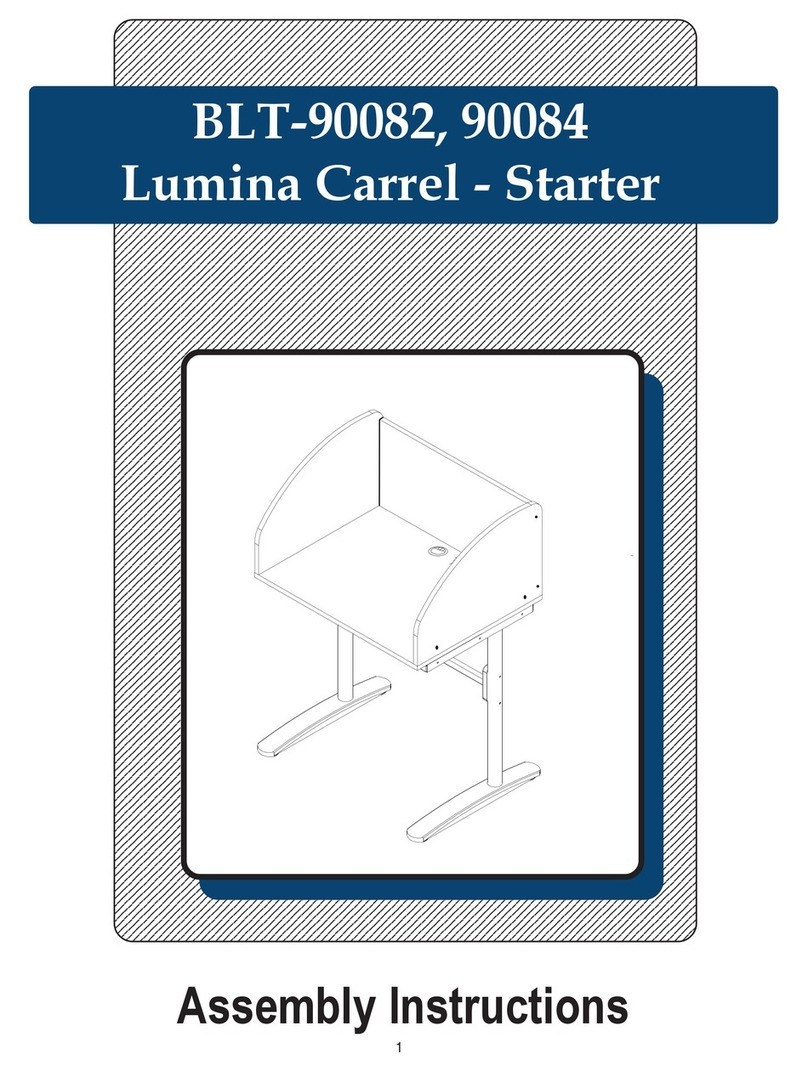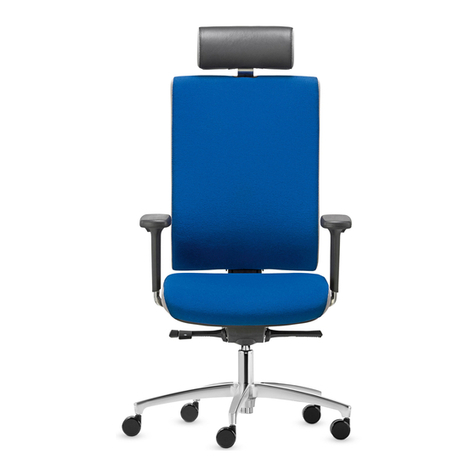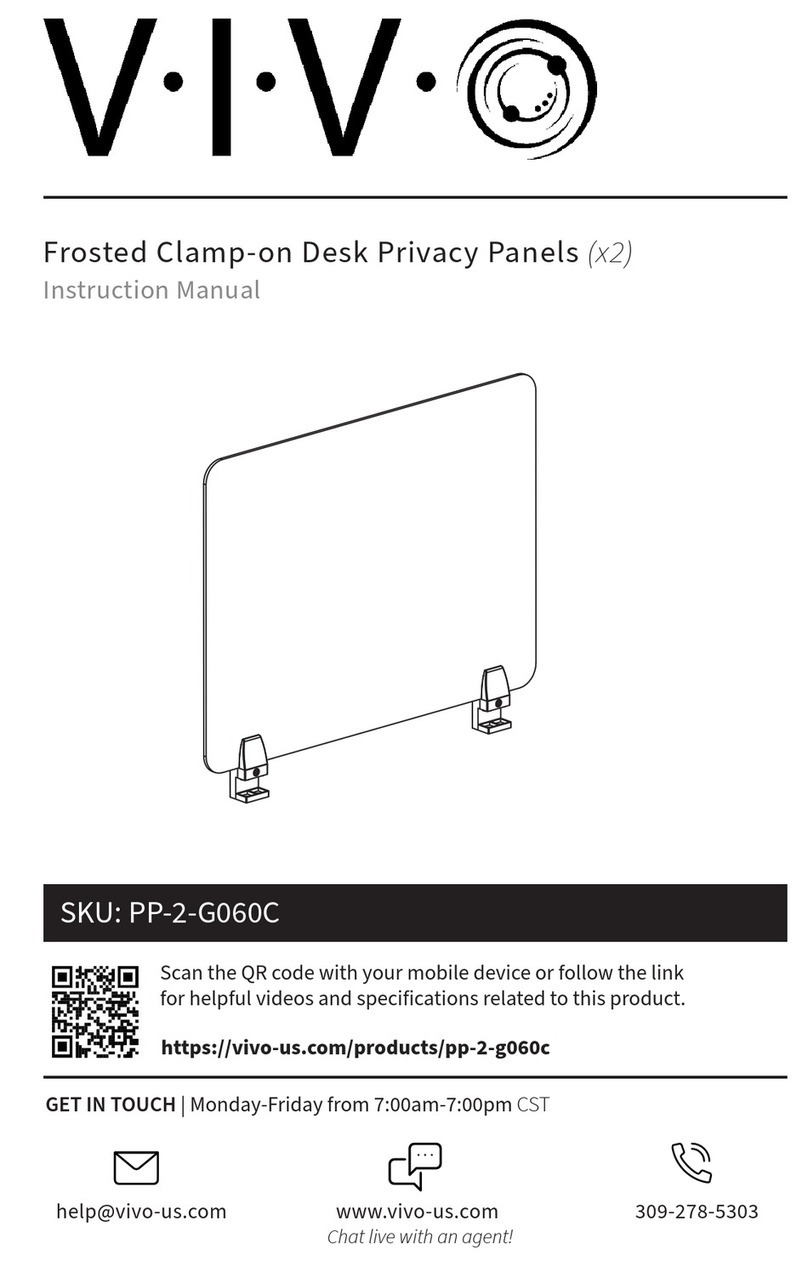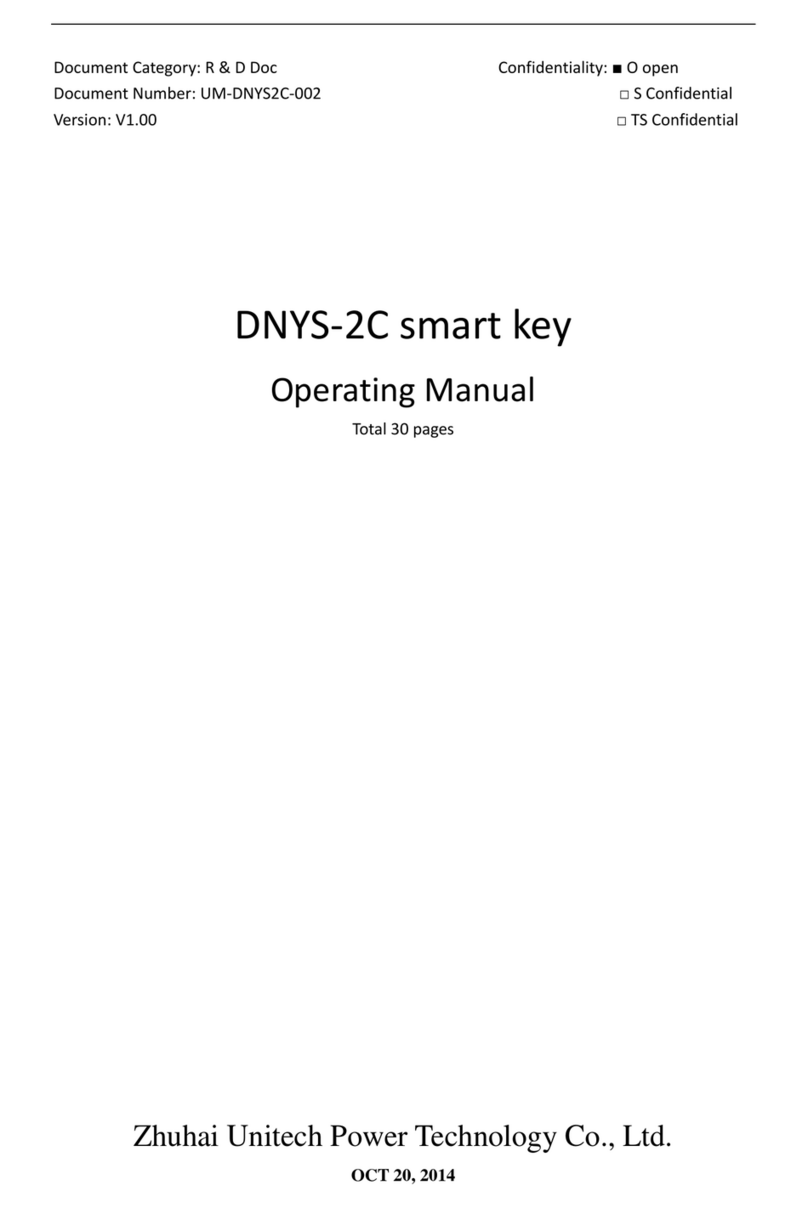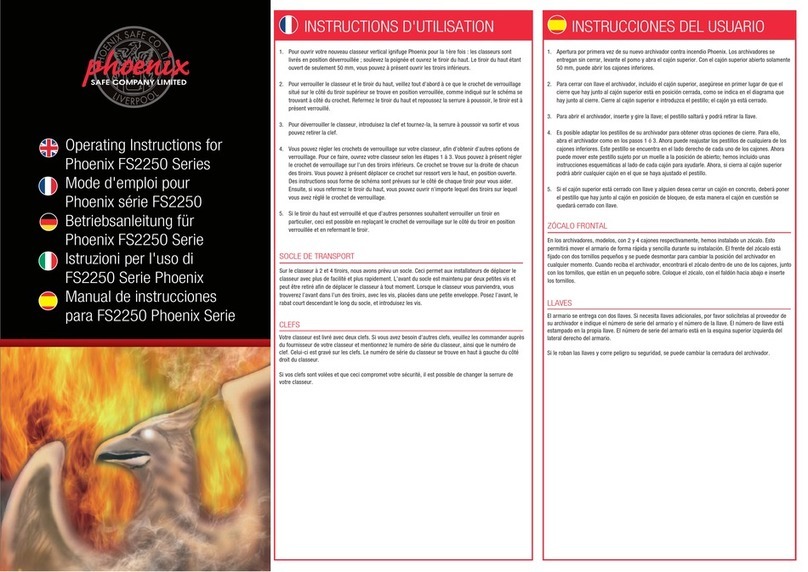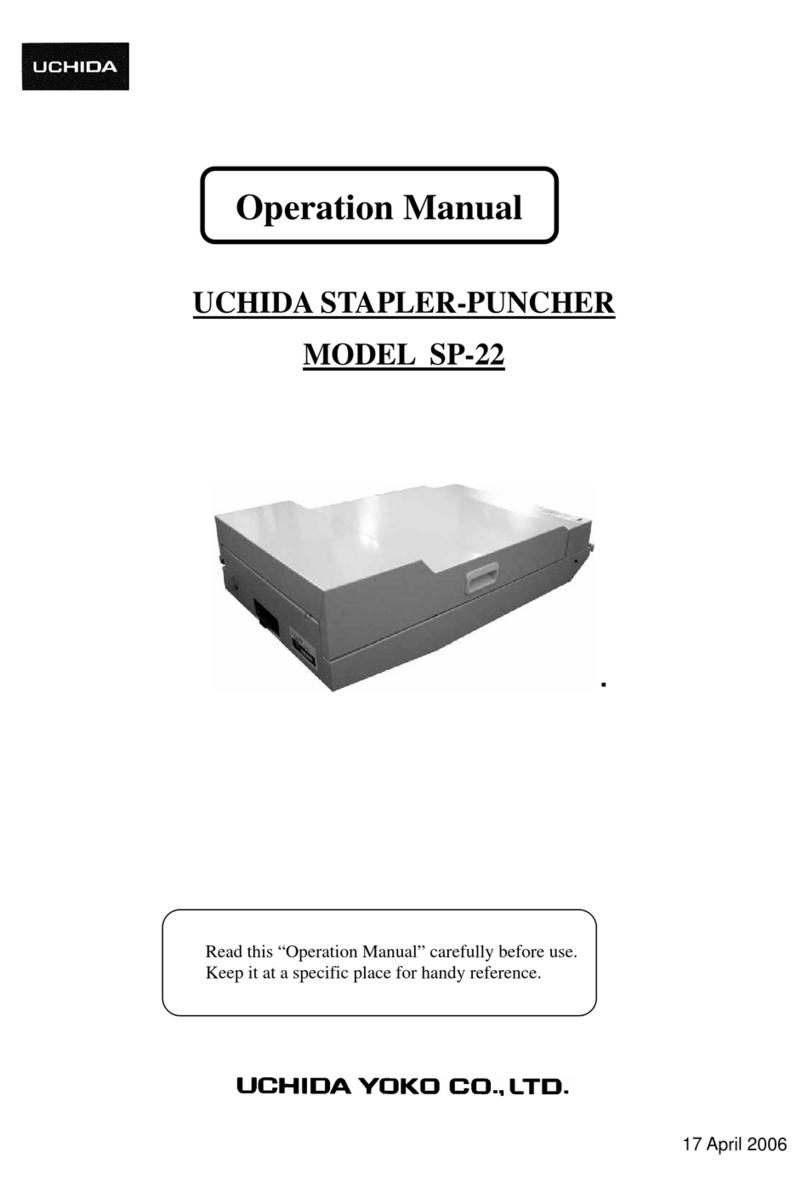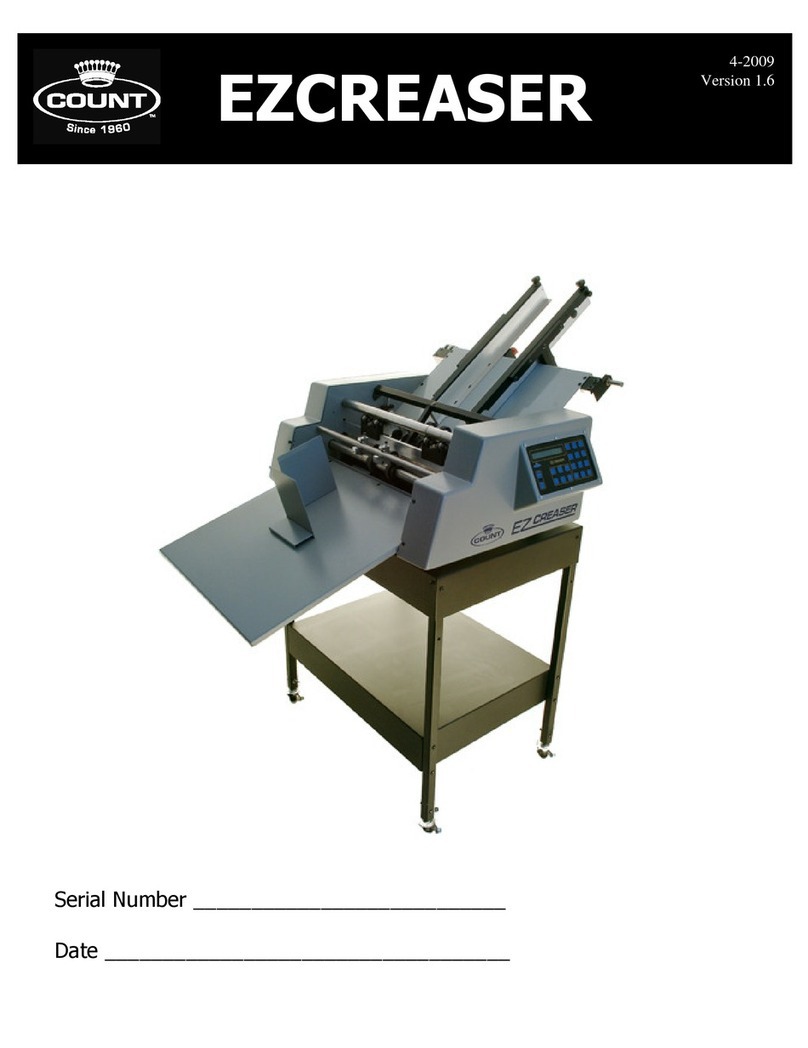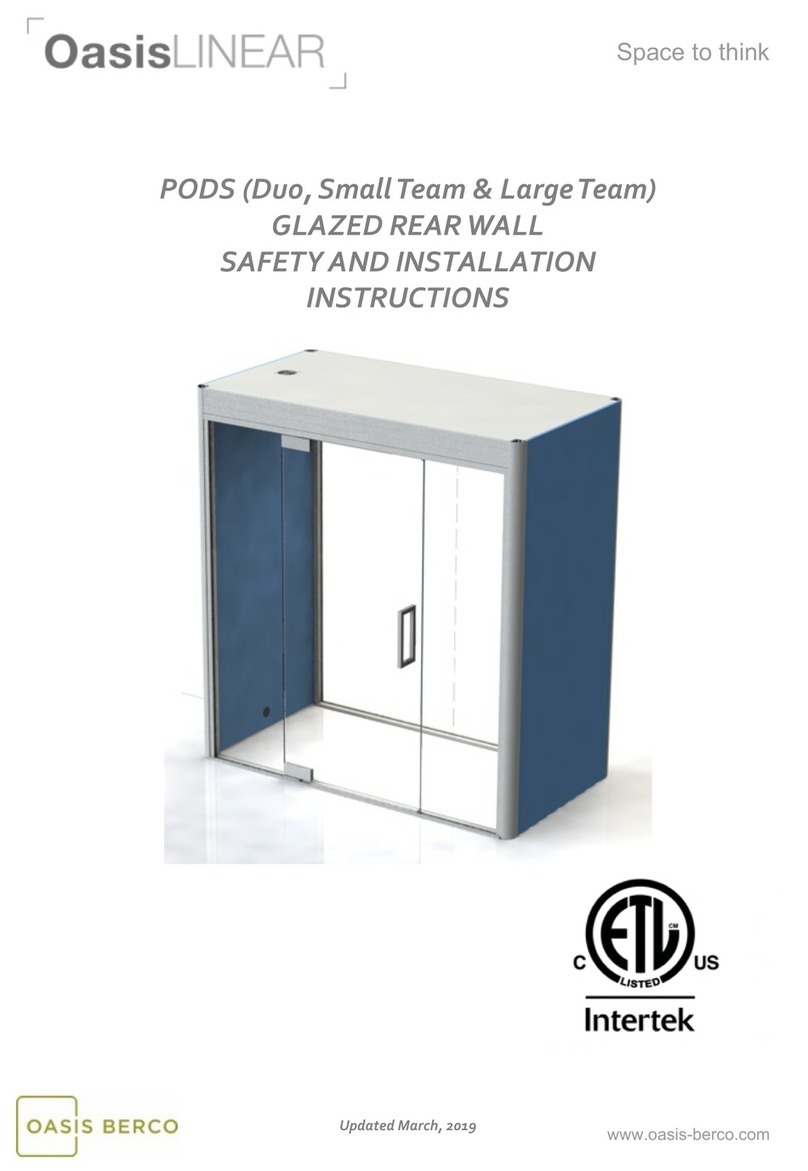Berea HardWoods Round Top European Double Twist User manual

Round To
p
Euro
p
ean Double Twist Pencil
Berea Hardwoods
18745 Sheldon Road
Middleburg Heights, Ohio 44130
Toll Free 1-877-736-5487
Berea Hardwoods Co., Inc.
Pencil Instructions
Round Top European Style Pencil (Berea #8240/P-xx-x)
Needed: Mandrel-B
Bushings-3B
Drill-O
Wood Size- 5/8” x 5/8”
Parts Diagram for Round Top European Style Double Twist Pencil
Preparing the Material Blanks
There are 2 methods for cutting your blanks for this pencil. While one may suit some
craftsmen the other may be more suitable for others. Read both carefully and select the
one that you feel would suit you the best. Note that if the wood for the cap is not cut or
parted to 1 25/32” or, to be exact, 1.7895”, the pencil will not operate properly.
Method 1
1. Cut the blanks the length of each brass tube giving a little extra length for the
facing of the blank after the tubes have been glued in.
1

2. This method will require cutting a tenon to the depth of the brass tube to accept
the center band.
Berea Hardwoods Round To
p
Euro
p
ean Double Twist Pencil
Method 2
1. This method will cut the blank for the cap the size needed at the out set.
Therefore, there will be no need for parting the tenon.
2. Cut the blank for the cap to 1 25/32” or, to be exact, 1.7895”, long.
Follow these steps for both methods.
1. Drill each blank with the letter “O” drill bit.
2. Polish the brass tubes with sandpaper. This can be done by hand or on a power
machine such as a belt sander. The purpose of the sanding is to clean off the
oxidation and roughen the tube so that the glue will have a better adhesion
surface.
3. Plug the ends of the tubes with the material of your choice. Some use base wax or
Play Dough or even a slice of potato. Just push the ends of the tubes into a thin
section of the material. This will form a plug to keep the glue from getting into
the tube.
4. Clean the tube, after plugging, with acetone or alcohol on a rag.
3. Prepare your glue. We recommend two part epoxy glue that is available in all
hardware stores. Use a fast drying type, one hour or less. Be sure to mix it
thoroughly. (A Post-it Note Pad makes an excellent mixing place. When you are
finished just tear it off and throw it away.) Polyurethanes and thick flexible CA’s
can be used, but they each have their drawbacks.
4. Place some of the epoxy into the blank using a small piece of dowel or other small
stick.
5. Roll the appropriate tube in the epoxy.
6. Insert the tube with a twisting motion until it is almost in the material blank. Then
use the dowel to push it until the end is flush with the blank. Use the stick to rake
off the excess glue even with the blank and the tube.
7. Push the brass tube through the blank until the other end is flush with the blank.
Then rake the glue flush with that end. Now push the tube back into the blank
until the tube is equidistant between both ends of the blank.
Note: If using Method 2, push the brass cap tube until one end is flush. This will
leave a portion of the brass tube exposed on the other end. This will receive the center
band.
8. Move it aside for 60 minutes until the epoxy has had time to reach its maximum
strength.
9. If you are using CA glue, the wait is much shorter. When using polyurethane the
wait will be about 24 hours.
10. When the glue has cured, use a hobby knife to remove the plugs from the ends. It
is also a good idea to clean the tubes with a brass gun cleaning brush or a rolled
up piece of sandpaper to remove any glue that may have gotten into the tubes.
11. Not cleaning out all glue from the tubes is the most common cause of pencil
failure. BE CERTAIN that all dried glue is removed from inside the tubes before
proceeding.
12. Using a barrel trimmer of the proper size, face off the ends of the blanks until you
can just see bright brass. STOP facing at this point. Your pencil’s proper
2

operation is dependent on having the proper length tubes. This facing operation
can also be done with the proper jig and a disk or belt sander.
Berea Hardwoods
13. Not having the proper tube length is the #2 cause of pencil failure. Sanding, on a
disk sander, using a jig to hold the tube square with the disk, is a more sure way
of getting the proper length. It should be tried if you have any doubt as to your
abilities to square the material with the barrel trimmer.
14. Another good method of squaring the ends of the blank is to turn the blank until it
is just round. Using a miter gauge to maintain the blank perpendicular to the
sanding disk, just touch the ends to the disk. Once the blanks are square and you
can see the ends of the tubes brighten, then return the blanks to the mandrel and
finish the turning until the desired contour is accomplished.
Turning the Blanks
Round To
p
Euro
p
ean Double Twist Pencil
1. Assemble the blanks on the mandrel with the right bushings in the right place.
The right bushing can be found by comparing the diameter of the bushing to the
piece of hardware that will be placed in that place. For instance, the bushing that
is the same size as the clip will fit on the end of the blank that will eventually
become the top of the cap.
2. Tighten the tailstock before tightening the blanks on the mandrel. This will center
the mandrel first. Then tighten the nut that holds the blanks.
3. Turn the blanks to the desired contour making sure that the area next to the
bushing is turned to the size of the adjacent bushing.
4. After turning the blank, sand the surface in progressive steps until you get to 400
or 500 grit.
5. After sanding, stop the lathe and,
6. IF USING METHOD 1- measure 1 25/32” or, to be exact, 1.7895” from the cap
clip end and mark. With a sharp parting tool remove the wood all the way to the
brass tube and all the way to the end of the tube, on the cap center band end. This
will receive the center band of your pencil. Your cap blank should then have 1
13/16” of finished wood and the rest should be bare brass tube.
7. IF USING METHOD 2-Your blanks are finished.
8. If a higher polish finish is desired continue sanding with Micro Mesh through
12000 grit.
9. Apply the finish of your choice and polish.
10. Remove the blanks from the mandrel.
Assembling the Pencil
Please refer to the Pencil Parts diagram
3

The third most common error resulting in a non-functional or damaged pencil is the
misalignment of the parts when pressing them in place. The use of a good pen press or
small arbor press is recommended, but it can be accomplished with a good “C” clamp and
much care. When pressing in the various parts, by any means, BE SURE that the parts are
straight and in line with the blanks. If the part is cocked or otherwise misaligned, at the
very least, a poor fitting pencil will result. At the worst, you may have a pencil that is not
usable. Exercise caution here!
One other word about pencil parts. Occasionally, you will encounter parts that are a little
loose fitting. This can be corrected by using a SMALL spot of glue, usually CA, on these
parts before pressing them home.
1. Press the brass insert into one end of the long, inner tube. Press this in with the
beveled end going in first.
2. Press this assembly into the small end of the barrel blank making sure the brass
insert is located at the small end.
3. Insert the threaded end of the pencil mechanism into the large end of this same
blank until the threaded end is sticking through the brass insert.
4. Screw on the nib securely. Lay this barrel aside.
5. Press the center band onto the exposed brass tube of the other, short, blank.
6. Slide the finial ring onto the black finial stud with the small end toward the finial
top.
7. Slide the clip onto this assembly until it seats against the finial ring.
8. Press this entire assembly into one end of the short, small diameter, brass tube.
9. Press this assembly into the open end of the short tube securing with a drop of
glue if necessary.
10. Check to see that the pencil operates properly in both directions.
11. Admire your work.
To replace the lead in the pencil, rotate the lead mechanism clockwise as far as it will go.
This is necessary to clear the mechanism of the old lead particles. After the mechanism is
cleared, rotate it counter clockwise to a point where the new piece of lead will go
completely into the pencil except for the last 1/8” of lead. Press the exposed portion of
the lead against a solid surface and it will seat in the mechanism.
Helpful Hint:
We highly recommend the use of the Berea Cap Gage. It will assure that the cap
length is exactly the right length. If this cap is not the right length, the pencil will not
work properly.
This gage can be purchased from Berea Hardwoods.
Round To
p
Euro
p
ean Double Twist Pencil
Berea Hardwoods
Copyright© 2004-Robert W. Keyes
4
Table of contents

